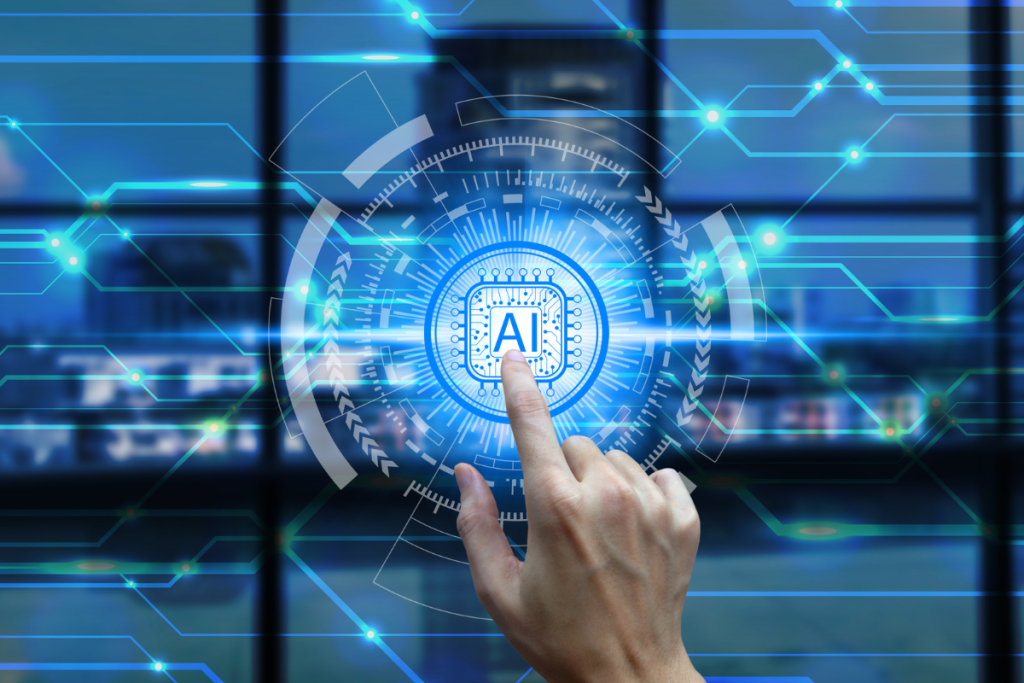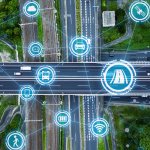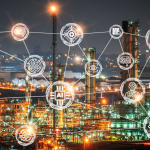As artificial intelligence gains traction in supply chains, companies are emphasizing its role in supporting, not supplanting, human workers. Companies like Amazon, Walmart, and Toyota are integrating AI tools that enhance human judgment and operational performance, rather than displacing the workforce.
AI as a Support Layer
AI systems across supply chains increasingly operate within a human-in-the-loop (HITL) framework. At Amazon, AI-driven tools have been used to streamline holiday deliveries by repositioning inventory closer to demand centers. These systems pinpoint areas of inefficiency, but fulfillment and routing decisions still rest with warehouse staff and transportation teams.
Walmart’s AI applications have strengthened its demand forecasting, integrating data from local shopping patterns and weather reports to guide inventory strategies. Employees use these insights to refine restocking decisions, maintaining control over what ultimately hits store shelves.
Toyota has taken a more decentralized approach. Factory workers have been trained to build their own AI models, targeting equipment performance and local process improvements. This approach, built on Google Cloud’s platform, empowers workers to design AI solutions for issues they know best, reducing downtime and boosting output.
Addressing Adoption Challenges
While the technology promises efficiency gains, integrating AI into daily workflows is not without challenges. Concerns around job security, opaque algorithms, and trust in AI recommendations remain common hurdles. Amazon, Walmart, and Toyota have all responded with a mix of transparency, worker training, and leadership alignment.
These companies’ experiences suggest clear steps to smooth adoption: define AI’s role as an aid, not a replacement; provide thorough training to demystify how AI works; and ensure that AI outputs remain explainable. Starting small with pilot projects helps build confidence and measure actual gains.
Shifts in Workforce Roles
As AI takes on repetitive tasks, such as analyzing shipment patterns or predicting equipment failures, new roles are emerging to oversee these tools. Validating AI recommendations, managing exceptions, and interpreting data remain firmly human responsibilities. These evolving roles highlight the importance of trust and judgment alongside technical expertise.
The example of Toyota’s factory workers, equipped with tools to build custom AI solutions, demonstrates the potential for worker-driven AI. It’s a model where technology amplifies human skill, not displaces it.
Where AI Meets Resilience
While the focus today is on efficiency, there’s a growing recognition that AI can also bolster resilience. As trade routes, demand patterns, and geopolitical conditions grow more volatile, AI’s real-time monitoring can help companies pivot faster. However, these benefits depend on workforce trust and flexibility, elements that can’t be coded into an algorithm. In a world of shifting risks, the most valuable AI tools may be those that reinforce, rather than override, the instincts of the people who use them.





